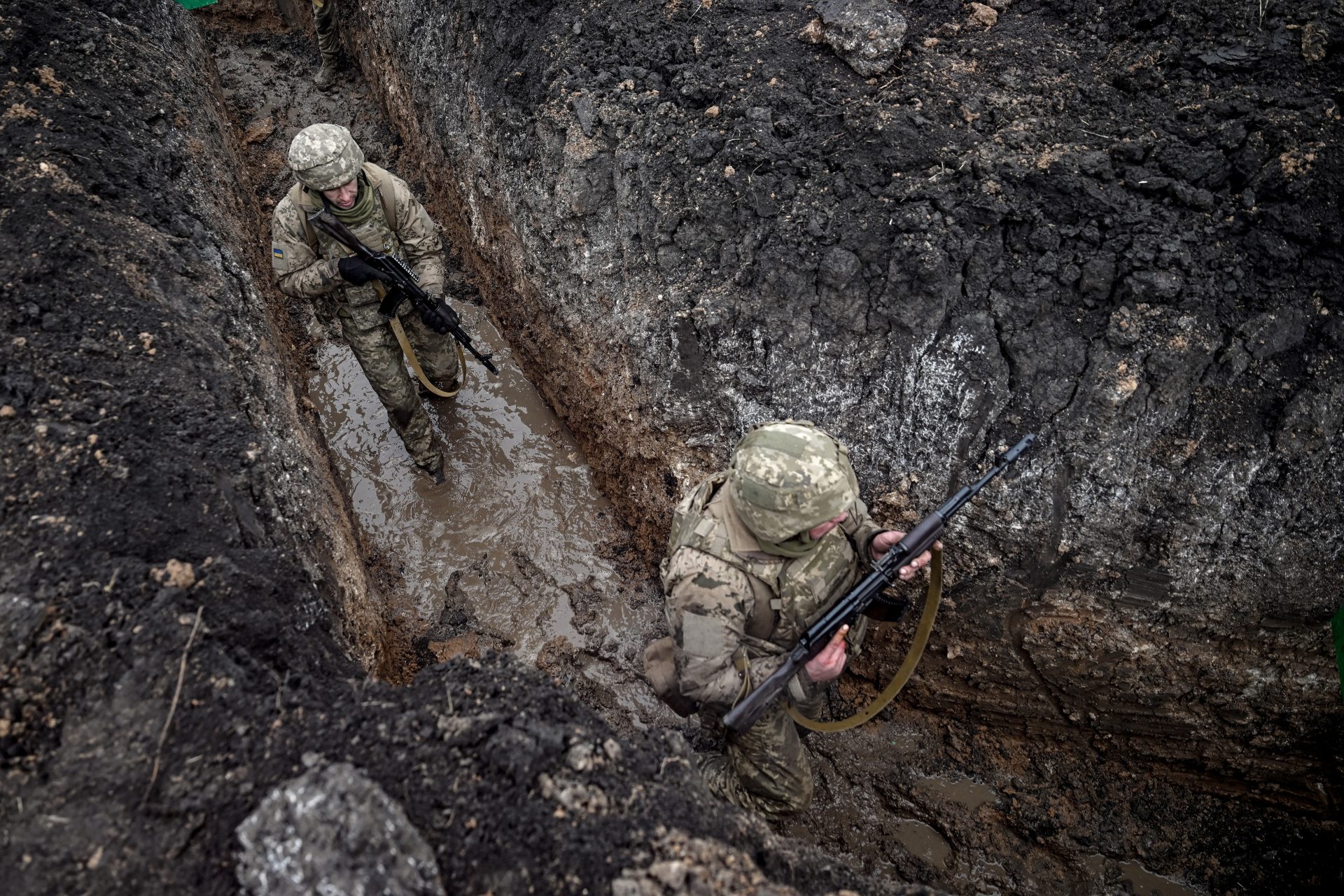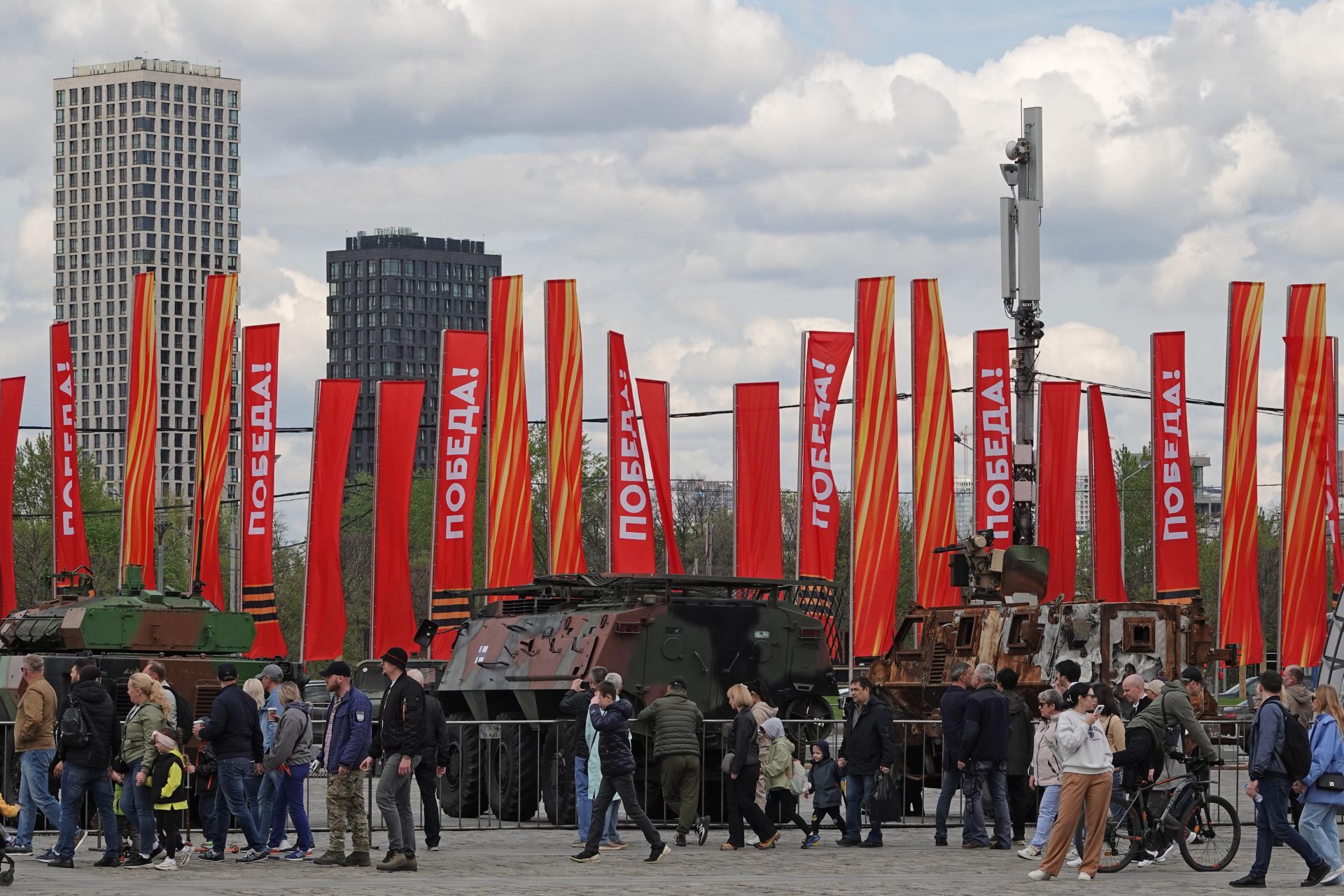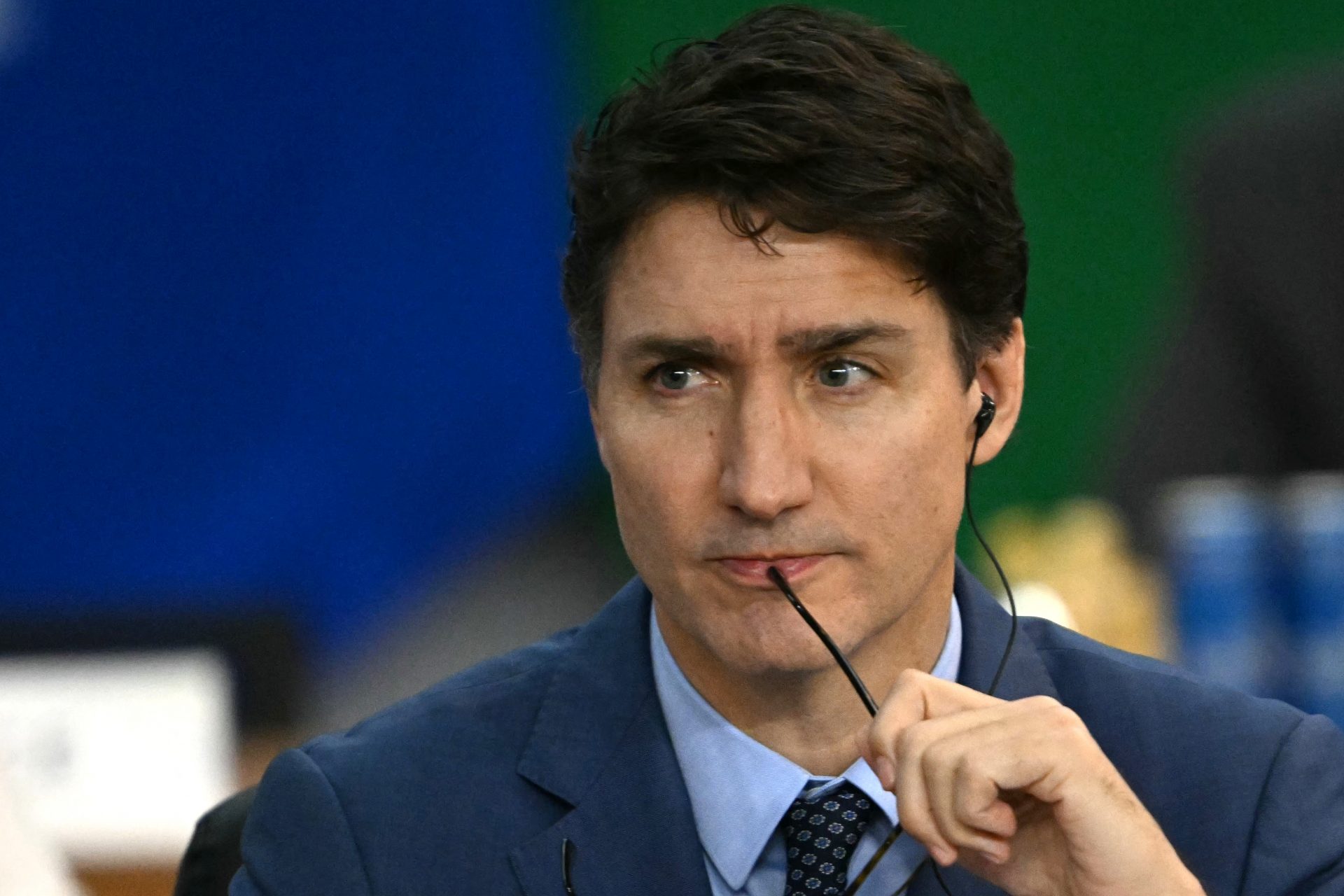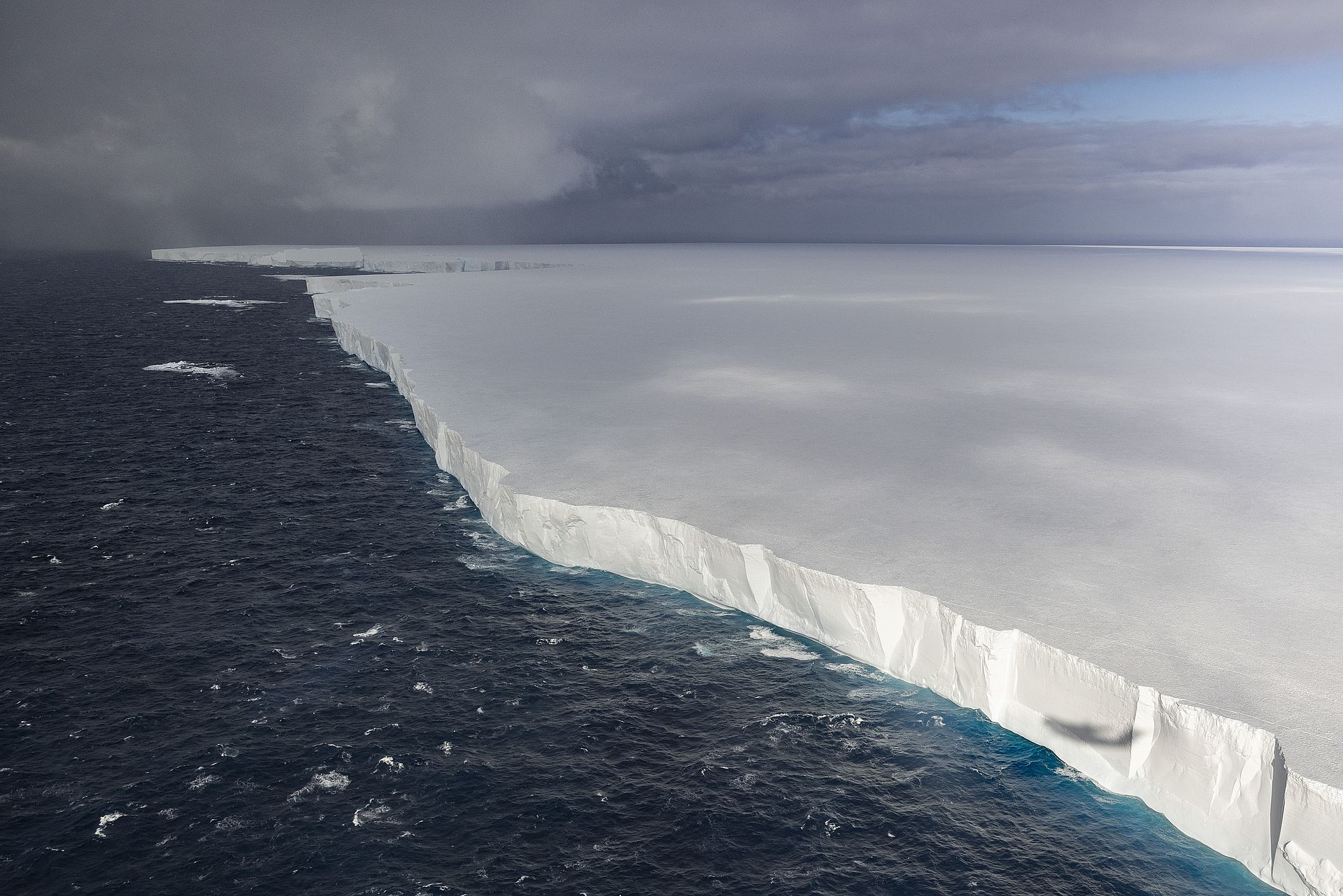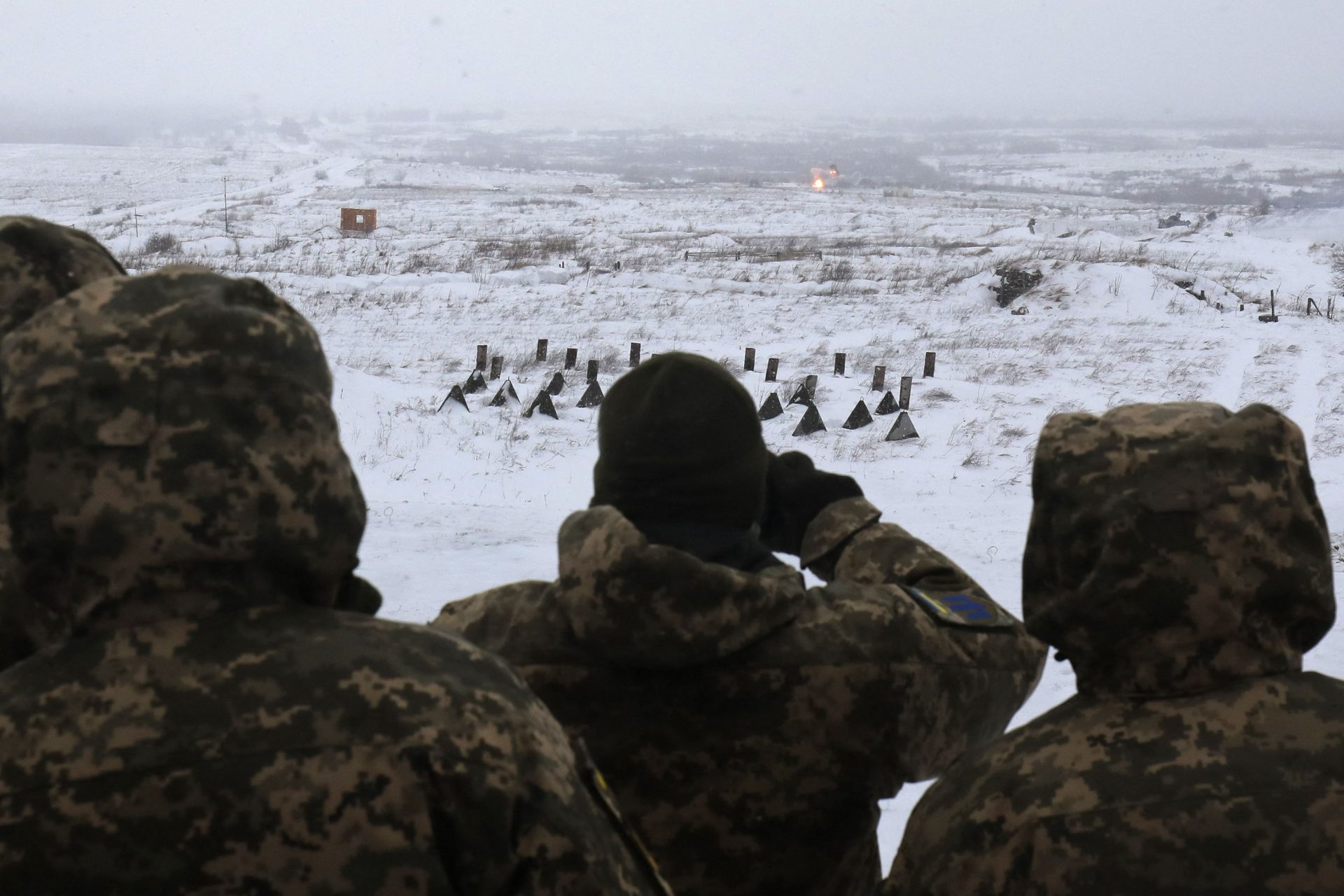US military drills held in South China Sea amid unprecedented tensions with Beijing
The United States Navy and Marine Corps embarked on a joint military exercise in the South China Sea less than one week after the downing of a suspected Chinese spy balloon in American airspace sparked an International incident.
Tensions between Beijing and Washington were still simmering when the US Navy and Marine Corps held joint drills in the South China Sea on February 11th.
The United States Seventh Fleet and the 13th Marine Expeditionary Unit entered the waters of the South China Sea to conduct what Rear Admiral Christopher Sweeney called “integrated expeditionary strike force operations.”
“The Nimitz Expeditionary Strike Force operations reinforce our integrated joint force capabilities,” Commander of Carrier Strike Group 11 Rear Admiral Sweeny said in a press release regarding the drills.
Photo by U.S. Navy at: https://commons.wikimedia.org/wiki/File:Christopher_J._Sweeney_%281%29.jpg
Sweeny also said that combining the capabilities of his strike group with those of the marine's expeditionary unit would increase the joint force commander's “ability to create theater-wide effects in support of a free and open Indo-Pacific.”
“This seamless naval integration established a powerful presence in the region,” Sweeny added, “which supports peace and stability.”
Participating units included the aircraft carrier USS Nimitz; the Arleigh Burke-class missile destroyers USS Decatur, USS Chung-Hoon, and USS Wayne E. Meyer; as well as Destroyer Squadron 9 and squadrons embarked on Carrier Wing 11.
The South China Sea is one of the most fiercely disputed waters in the world with more than seven nations laying claim to different parts of the sea according to CNBC’s Sean Holt.
China, Brunei, Indonesia, Malaysia, the Philippines, and Taiwan have all made claims to some portion of the South China Sea.
Beijing has claimed the largest swath of area and asserted that its territorial waters run from around Taiwan to as far south as north of Indonesia's Riau Islands.
“The South China Sea is a vital trade route connecting the main arteries of trade in Southeast Asia,” Holt wrote, “linking waterways from Singapore and Malaysia to Indonesia, the Philippines, and Taiwan.”
China has built several islands in the South China Sea from scratch and militarized at least three on the disputed Spratly Islands archipelago in an attempt to strengthen Beijing's claim to the area according to The Guardian.
“The U.S. takes no official position on sovereignty in the South China Sea, but maintains that freedom of navigation and overflight must be preserved,” wrote the Associated Press.
“Several times a year, [the US] sends ships sailing past fortified Chinese outposts in the Spratly Islands, prompting protests from Beijing,” the Associated Press added.
In response to the drills run by the United States, Chinese officials sent nearly two dozen military aircraft and vessels to the Taiwan Strait, the "unofficial buffer area between China and Taiwan" according to Paul Best of Fox News.
"Taiwan's Defense Ministry said that 18 People's Liberation Army aircraft were detected, 11 of which crossed the median line of the Taiwan Strait," Best wrote based on information obtained from a Taiwanese Defense Ministry press release.
"Four (Chinese) vessels were also detected around Taiwan," Best added—a worrying sign as the tension between China and the United States continues to rise.
More for you
Top Stories





















